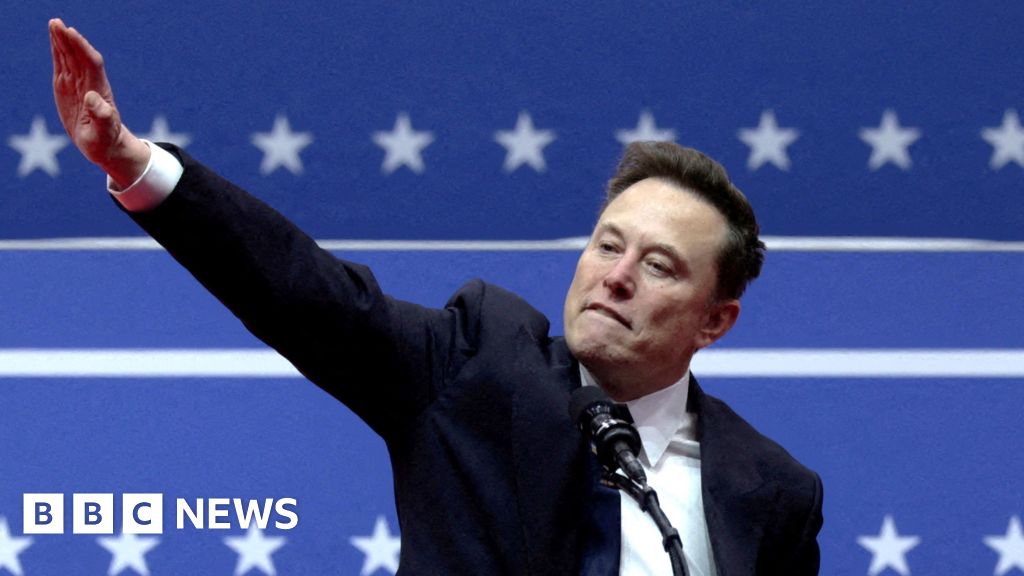- Plain Sight Productions
- Posts
- The Holy See vs The Third Reich
The Holy See vs The Third Reich
Misconceptions about the Church & WWII

Two Alphas, One Problem
“See I told you so! Look, the Pope and Hitler were secretly working together unbeknownst to the people! How could your conscience accept that?”
This is the line of questioning that some unsuspecting Catholics have faced by Jehovah’s Witnesses when minding their own business—strolling the park or walking the dog—only to be shown the following picture:

nAzi SyMpAtHiZeRs
For the Catholics that found themselves in this situation, it must have been pretty shocking to see. However, unsurprisingly, neither Pope Pius XI nor Pius XII were secretly working alongside Hitler and the Nazis to take down the Allies.
The real story begins when Pius XI released a papal encyclical called Mit Brennender Sorge, which directly denounced nearly all of the doctrines of the Nazi Party and called out Hitler explicitly.
Unlike any other papal encyclical, which is usually written in Latin, this one was written in German to emphasize its intended audience.
It doesn’t take a genius to realize that Catholic theology and Nazism don’t exactly mix well. One of many examples is the contradiction between the “survival of the fittest” mentality— which promoted eugenics to eliminate those who didn’t fit “the standard”—and the Christian belief that every person is made in the image of God, possessing inherent dignity and value. Jesus himself said, “Truly I tell you, whatever you did for one of the least of these brothers and sisters of mine, you did for me.”
Also, the Nazi regime was fundamentally opposed to Christian sexual morality as well as the principle of Christian mercy, with the latter standing in the way with their planned battle against the “subhumans.”
After the encyclical began circulating throughout Germany and was even read at Mass, it wasn’t long before the Gestapo decided to intervene. They immediately raided churches and confiscated every copy they could find.
But it didn’t stop there.
Clergy members (priests, bishops, deacons, etc.) were constantly spied on and oftentimes ended up in concentration camps.
Monasteries and convents were seized and later expropriated.
Catholic schools, press, trade unions, political parties, and youth leagues were eradicated at the snap of a finger.
The most prominent and vocal lay (non-clergy) Catholic leaders were murdered as well as thousands of anti-Nazi Catholic activists being arrested.
Priests, monks, and nuns were falsely accused of living perverted and immoral lifestyles, often set up by nefarious traps. One example involved a priest being summoned to “aid the sick,” only to find photographers waiting to snap a picture of him with the supposed sick person—who was, in reality, a prostitute.
In this manner, the fascists were no different than the communists, as the more expansive a government’s power gets, the more religion and faith are targeted, as the idea of people putting their faith in any other entity outside the government becomes problematic for the power hungry psychopaths.
In the Nazis’ eyes, if any type of faith were to be allowed, it would have to be on their terms by identifying what would be the least threatening to the power structure they had built.
Because of this, they wanted to destroy the Christian roots that held the country together and substitute it with an updated version of the old paganism of the early Germanic tribes.
Heinrich Himmler, the head of the SS and chief architect of the final solution, sums it perfectly:
“We live in an era of the ultimate conflict with Christianity. It is part of the mission of the SS to give the German people in the next half century the non-Christian ideological foundations on which to lead and shape their lives.”
After what seemed like nonstop persecution, Vice Chancellor Franz von Papen negotiated Reich Concordat with the Vatican, as the agreement that the German would government would halt their abuses of Catholic clergy as long as clergymen withdraw themselves from any type of political involvement was reached.
Unsurprisingly, it wasn’t long before they disregarded the agreement and continued their previous practices.

hitler & machiavelli = best buds
By 1939, all crucifixes were removed from schools, church kindergartens were closed, and Catholic welfare programs were restricted on the basis that they assisted the unfit. These previously Christian institutions had been replaced Nazi organizations like Nationalist Socialist schools, the Nazi Labor Front, Hitler Youth, and more.
It also didn’t help the Church’s case that it had been assisting Jewish refugees, as it is estimated that tens to hundreds of thousands of Jews were saved through the Church’s efforts—providing food, financial aid, and sanctuary.
So much for the Catholic Church being anti semitic.
As for the rest of the story, everyone knows how that goes: the US teams up with the commies to take down the Nazis, Hitler commits suicide, and the “good” guys win.
I would say that the Church in Germany goes back to normal, but it was never really the same. The secular world order that emerged from post WWII captured German society, with the rest of Western society as well.
For most people, the idea that the Nazis targeted Christianity and the physical institution that represents it isn’t very shocking.
What would be shocking to most people is that the Allies technically attacked the Church as well by dropping bombs on Vatican City—despite its official policy of neutrality during the war.
But that’s for another time.
If you enjoyed this article, feel free to share with a family member, co-worker, or friend who would enjoy it as well and tell them to subscribe.
Thanks for reading and until next time.



Reply